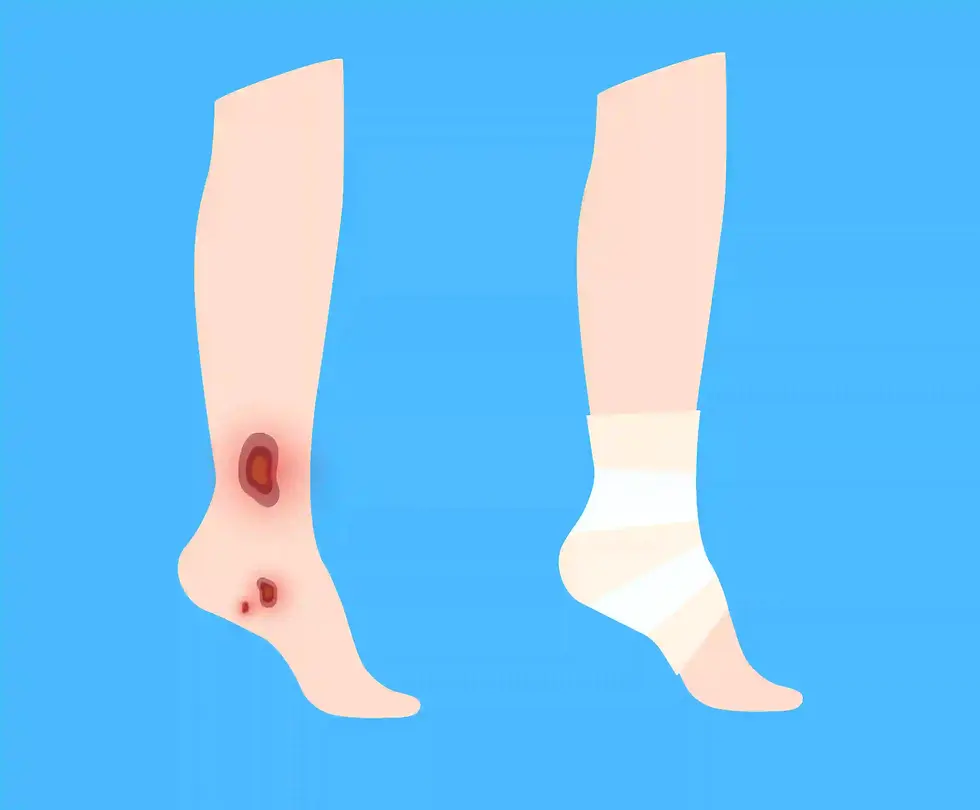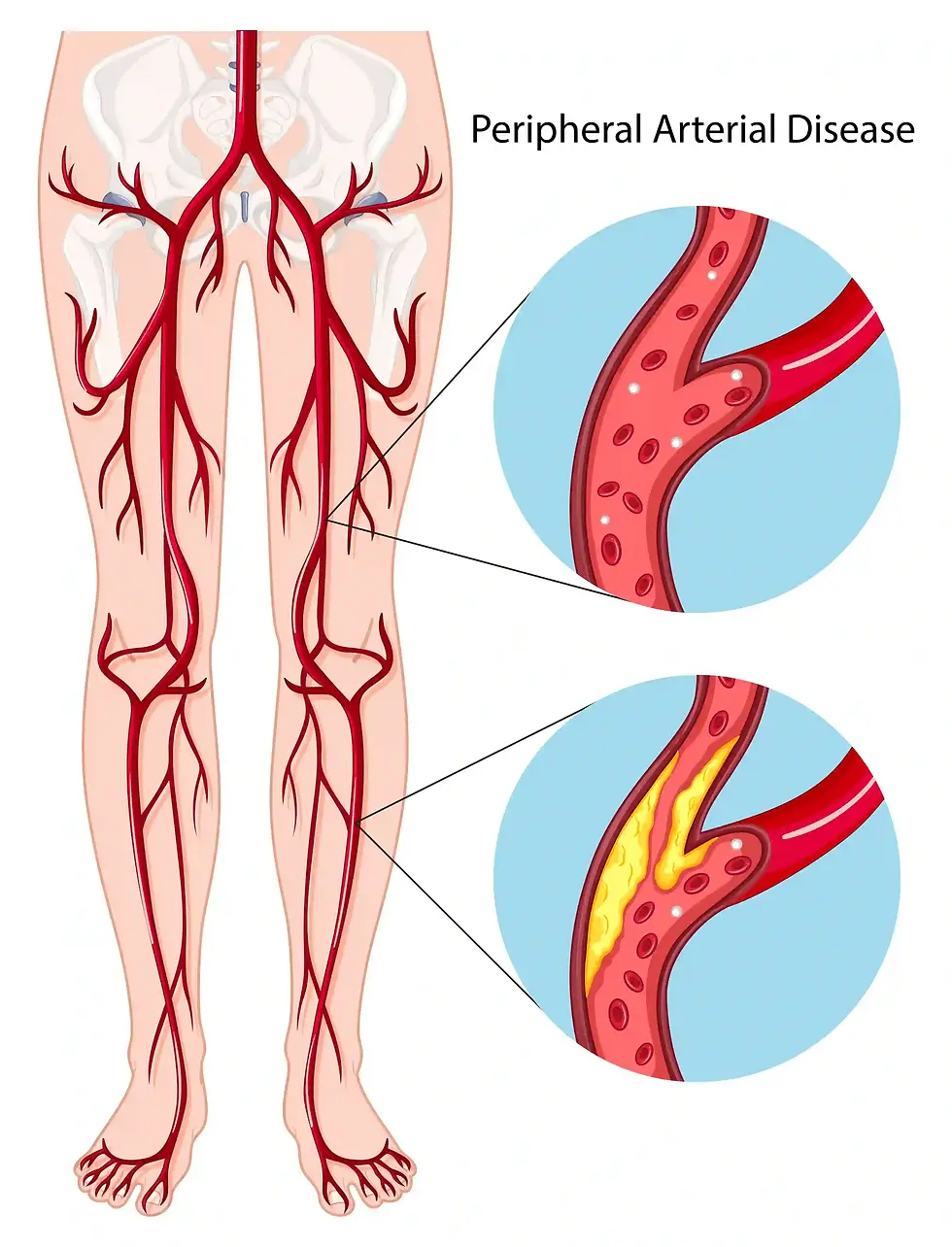Critical Limb Ischemia Treatment in Dubai
.webp)
Introduction
Critical limb ischemia (CLI) is the most severe form of peripheral artery disease (PAD). It occurs when blood flow to the legs is so reduced that tissues cannot get enough oxygen. This leads to severe pain, non-healing wounds, or gangrene. Without timely treatment, CLI can result in amputation.
At www.vascularsurgery.ae, Dr. Soroush Sohrabi, a UK-trained Consultant Vascular & Endovascular Surgeon with international fellowships in Australia and the US, offers advanced treatments for CLI in Dubai. His expertise includes both minimally invasive endovascular procedures and complex open vascular surgeries, with a strong focus on limb salvage.

What Is Critical Limb Ischemia?
Critical limb ischemia is a chronic, advanced stage of PAD, usually caused by severe atherosclerosis (hardening and narrowing of arteries). The arteries that supply blood to the legs and feet become critically narrowed or blocked.
CLI is defined by:
-
Ischemic rest pain – constant pain in the foot, worse at night when lying down.
-
Non-healing ulcers or sores on the toes, feet, or ankles.
-
Gangrene – tissue death due to lack of oxygen.
Causes and Risk Factors
CLI is most commonly caused by atherosclerosis, but several factors increase the risk:
-
Diabetes mellitus
-
Smoking (the strongest preventable risk factor)
-
High blood pressure
-
High cholesterol
-
Chronic kidney disease
-
Obesity and sedentary lifestyle
-
Family history of vascular disease
In Dubai and the UAE, CLI is especially common in people with diabetes — a condition affecting around 1 in 5 adults in the region.
Symptoms of Critical Limb Ischemia
Unlike early PAD, which may cause leg pain during walking (claudication), CLI symptoms are more severe and constant:
-
Severe foot pain at rest, often worse at night.
-
Non-healing wounds or ulcers on toes and feet.
-
Blackened or dead tissue (gangrene).
CLI symptoms are a vascular emergency — they should never be ignored.
Why Critical Limb Ischemia Is Serious
If left untreated, CLI can lead to:
-
Infection of non-healing wounds
-
Amputation of toes, foot, or leg
-
Reduced quality of life due to pain and immobility
-
Higher risk of heart attack and stroke, since the same arterial disease affects the whole body
Early diagnosis and treatment significantly improve chances of limb salvage.
Diagnosis
When you visit Dr. Sohrabi, he will perform a comprehensive vascular assessment, including:
-
Detailed medical history and examination of the legs and feet.
-
Ankle-Brachial Index (ABI): Compares blood pressure in the ankle with the arm.
-
Doppler ultrasound: Evaluates blood flow in leg arteries.
-
CT angiography or MR angiography: Produces detailed vascular maps.
-
Catheter angiogram: Gold standard test, often combined with treatment.
Treatment Options for Critical Limb Ischemia in Dubai
1. Lifestyle and Risk Factor Management
-
Smoking cessation (critical for limb salvage).
-
Blood sugar control in diabetes.
-
Cholesterol and blood pressure management with medications.
-
Daily foot care to prevent infections.
2. Endovascular (Minimally Invasive) Treatments
Performed through tiny punctures in the groin or leg arteries:
-
Balloon angioplasty – opens narrowed arteries.
-
Stenting – small metal scaffolds keep arteries open.
-
Atherectomy – removes plaque from the artery wall.
-
Intravascular lithotripsy – breaks up calcified blockages.
These techniques are often done under local anesthesia and have shorter recovery times.
3. Open Surgical Treatments
For patients not suitable for endovascular repair:
-
Bypass surgery – creates a new pathway around blocked arteries using a vein graft or synthetic graft.
-
Endarterectomy – removes plaque directly from the artery.
4. Wound and Ulcer Care
-
Regular cleaning and dressing of ulcers.
-
Antibiotics for infection.
-
Specialized footwear to reduce pressure.
5. Limb Salvage Focus
Dr. Sohrabi’s primary aim is always limb preservation. Amputation is considered only when tissue death or infection is so advanced that it cannot be saved safely.
Recovery and Follow-Up
After treatment, ongoing care is crucial:
-
Regular follow-up scans to check blood flow.
-
Lifestyle changes to protect arteries.
-
Medication (antiplatelets, statins) to prevent new blockages.
-
Wound healing monitoring to ensure ulcers close fully.
FAQs for Varicose Veins Treatment in Dubai
CLI is the most severe form of PAD. All patients with CLI have PAD, but not all PAD patients develop CLI.
It cannot be “cured” permanently, but with treatment (angioplasty, stents, or bypass), blood flow can be restored and limbs saved.
No. With modern vascular techniques, most patients can be treated without amputation, especially if they see a vascular surgeon early.
For shortg blockages success rates could be high, for longer and more blockages the success rate will depend on the many factors incld
If the treatment is deemed medically necessary—for example, due to pain, swelling, or complications—many insurance providers in Dubai may cover it. Dr. Sohrabi’s clinic can help you navigate the insurance process and provide required medical documentation.
Recovery is usually quick, 24 to 48 hours for most patients. You can resume daily activities almost immediately. Compression stockings may be recommended for a few days post-treatment to enhance results.
You can lower your risk by maintaining a healthy weight, staying active, and using compression stockings when needed. During your consultation, Dr. Sohrabi will provide personalized prevention tips based on your risk profile.
Yes, however it is recommended to take precautions such as wearing compression stockings, staying hydrated, and moving your legs frequently during long flights. Dr. Sohrabi can offer tailored advice for travelers.
Most patients resume normal activities within 24–48 hours after minimally invasive treatments. You may be advised to wear compression stockings for a few weeks to support healing. Dr. Sohrabi ensures a smooth recovery with post-procedure care.
Yes, they’re an essential part of conservative management. Compression stockings help improve the vein circulation and relieve discomfort, especially if you’re not ready for a procedure. However, they do not eliminate existing varicose veins. Dr. Sohrabi often includes them as part of a comprehensive treatment plan.

Why Choose Dr. Soroush Sohrabi for CLI Treatment in Dubai?
-
UK-trained Consultant Vascular Surgeon with advanced international training.
-
Expert in both minimally invasive and open surgery, offering a tailored approach.
-
Dedicated to limb salvage – avoiding unnecessary amputations.
-
Comprehensive diabetic foot and vascular care under one roof.
-
Hospital-based practice at Liv Hospital City Walk, Dubai, with state-of-the-art facilities.

